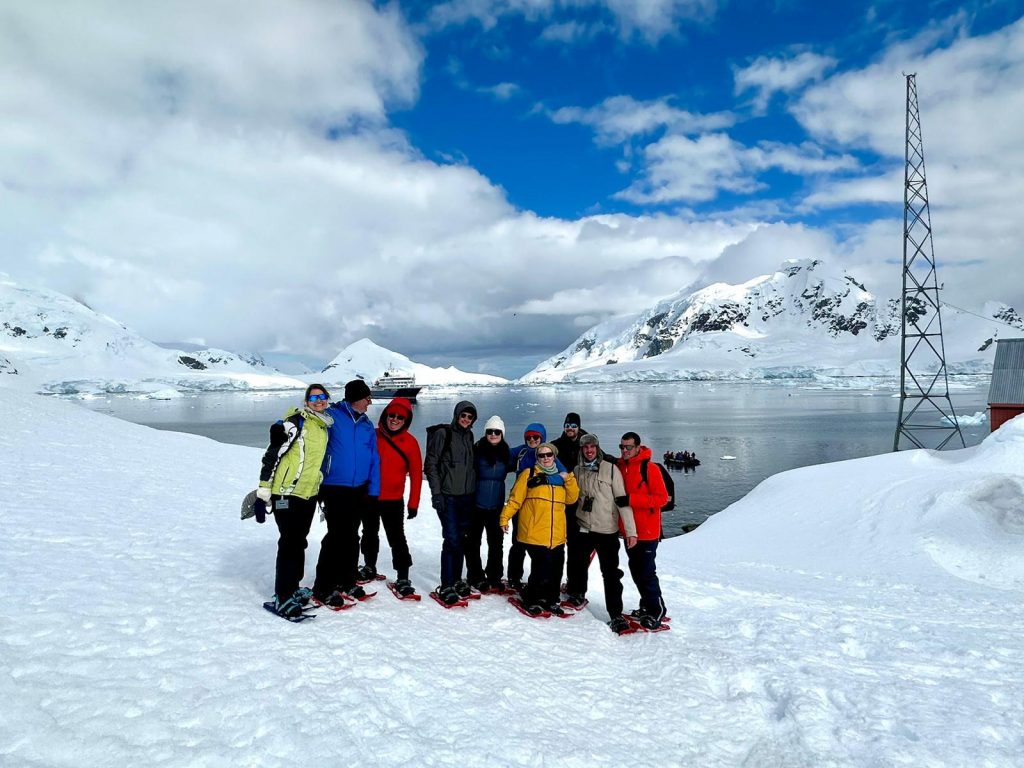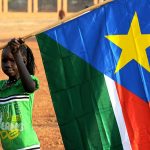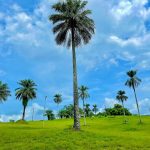Antarctica: the last great wilderness, a land of ice and penguins. But where exactly does Antarctica begin, and where does it end? The question of Antarctica borders is more complex than it seems, as Antarctica can be defined by geography, climate, and even biology. Let’s break it down.
Table of Contents
The Antarctic Circle
One common definition places Antarctica at the Antarctic Circle (66.5°S latitude), the southernmost circle of latitude on Earth where, for at least one day a year, the sun does not rise in winter and does not set in summer. This is one of the key Antarctica borders, setting the stage for the continent’s unique climate and geography. However, this is just a conceptual boundary and does not fully encompass the extent of the Antarctic ecosystem.
The Antarctic Circle marks the approximate limit of continuous polar daylight in summer and continuous darkness in winter, creating extreme seasonal variations that define life in the region. South of this line, temperatures plummet, and the environment is dominated by vast ice sheets, glaciers, and some of the harshest weather conditions on Earth.
Scientists and explorers who venture beyond this latitude experience an entirely different world, where survival depends on technology, preparation, and a deep respect for nature’s power.
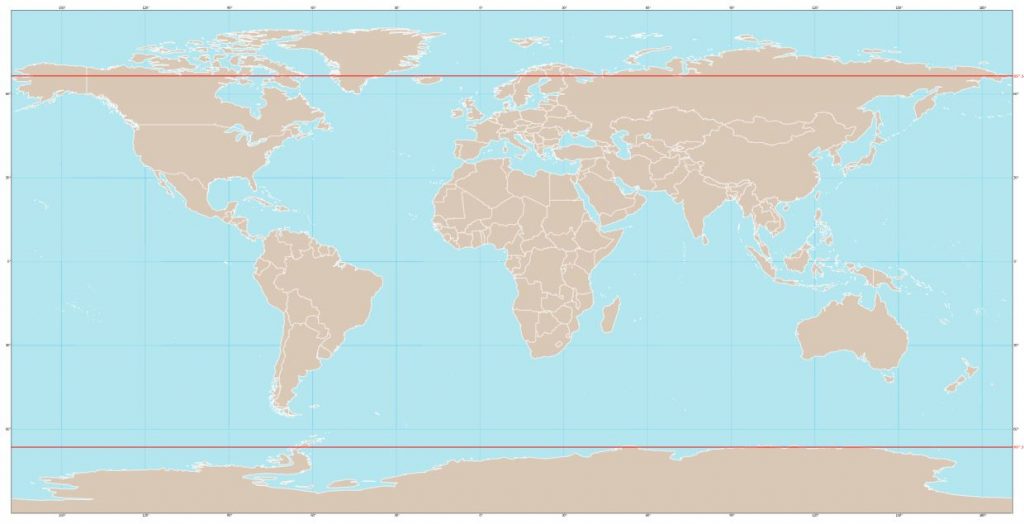
60 Degrees South: The Antarctic Treaty Zone
For political and legal purposes, Antarctica borders are often defined as everything south of 60 degrees south latitude. This boundary is recognized by the Antarctic Treaty System, which governs international cooperation and environmental protection on the continent. Established in 1959 and entering into force in 1961, the treaty originally had 12 signatory nations, including the United States, the Soviet Union, the United Kingdom, and Argentina. Today, more than 50 countries have acceded to the treaty, demonstrating widespread international commitment to preserving Antarctica for peaceful purposes and scientific research.
Under the Antarctic Treaty, the continent is designated as a zone of peace and scientific cooperation, where military activity, territorial claims, and resource exploitation are prohibited. The treaty also mandates environmental protection measures, ensuring that Antarctica’s fragile ecosystem remains largely undisturbed. This legal framework has allowed Antarctica to remain one of the world’s most pristine and least exploited regions, fostering cutting-edge scientific research in climate change, glaciology, and marine biology. This border is crucial for defining Antarctica borders in the political sense.
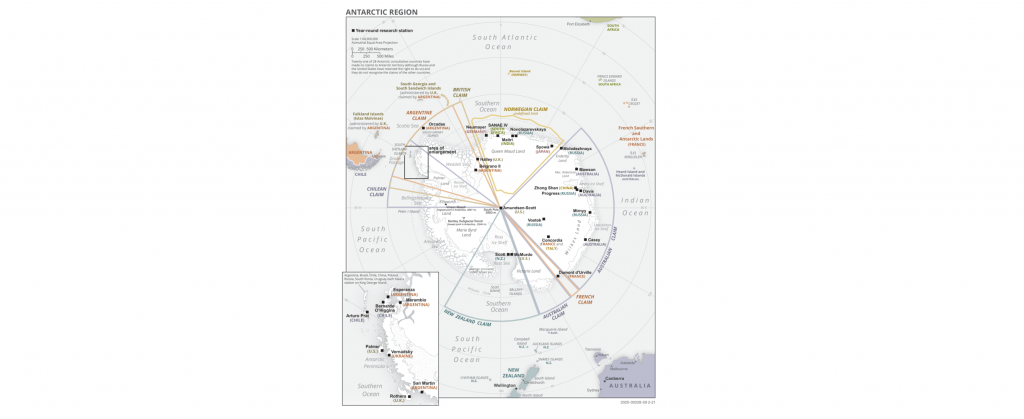
The Antarctic Convergence: The Biological Boundary
For scientists, particularly biologists and oceanographers, Antarctica is best defined by the Antarctic Convergence, a natural oceanic boundary. This is a region where cold, northward-flowing Antarctic waters meet the relatively warmer waters of the subantarctic. First studied by Edmund Halley (yes, the astronomer) in 1675, this zone is crucial for the exchange of heat, salinity, nutrients, and oceanic currents. It serves as a biological barrier, separating two distinct marine ecosystems and forming another of the significant Antarctica borders.
The Southern Ocean, encircling Antarctica, plays a vital role in the world’s climate and marine ecosystems. Though it contains only 10% of the world’s seawater, it boasts a staggering 25-30% of the world’s oceanic biomass!
Among its most incredible inhabitants are krill, tiny shrimp-like creatures that form the backbone of the Antarctic food web. The total biomass of krill in the Southern Ocean exceeds that of all humans combined! During the Austral summer, this ocean also holds up to 30% of the world’s sea mammal biomass, as whales, seals, and penguins flock here to feast.
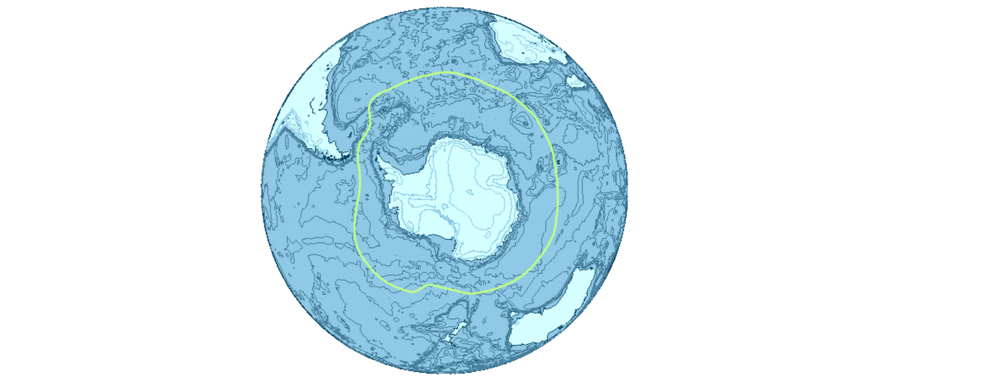
The Penguin Border: Where Antarctica Begins for Wildlife
Another way to define Antarctica is through its most famous residents: penguins! The “penguin border” is an informal way of describing the region where penguin species, particularly emperor and Adélie penguins, are found. These species are uniquely adapted to life in Antarctica, relying on its ice sheets and frigid waters for breeding and survival.
The emperor penguin, the largest of all penguin species, breeds exclusively on Antarctic sea ice, making it a true indicator of where Antarctica begins in a biological sense. Adélie penguins, too, are strictly associated with the Antarctic continent and surrounding islands, rarely venturing far beyond the convergence zone. This makes the range of these species an additional, natural Antarctica border, separating the extreme cold-loving wildlife from the subantarctic species found further north.
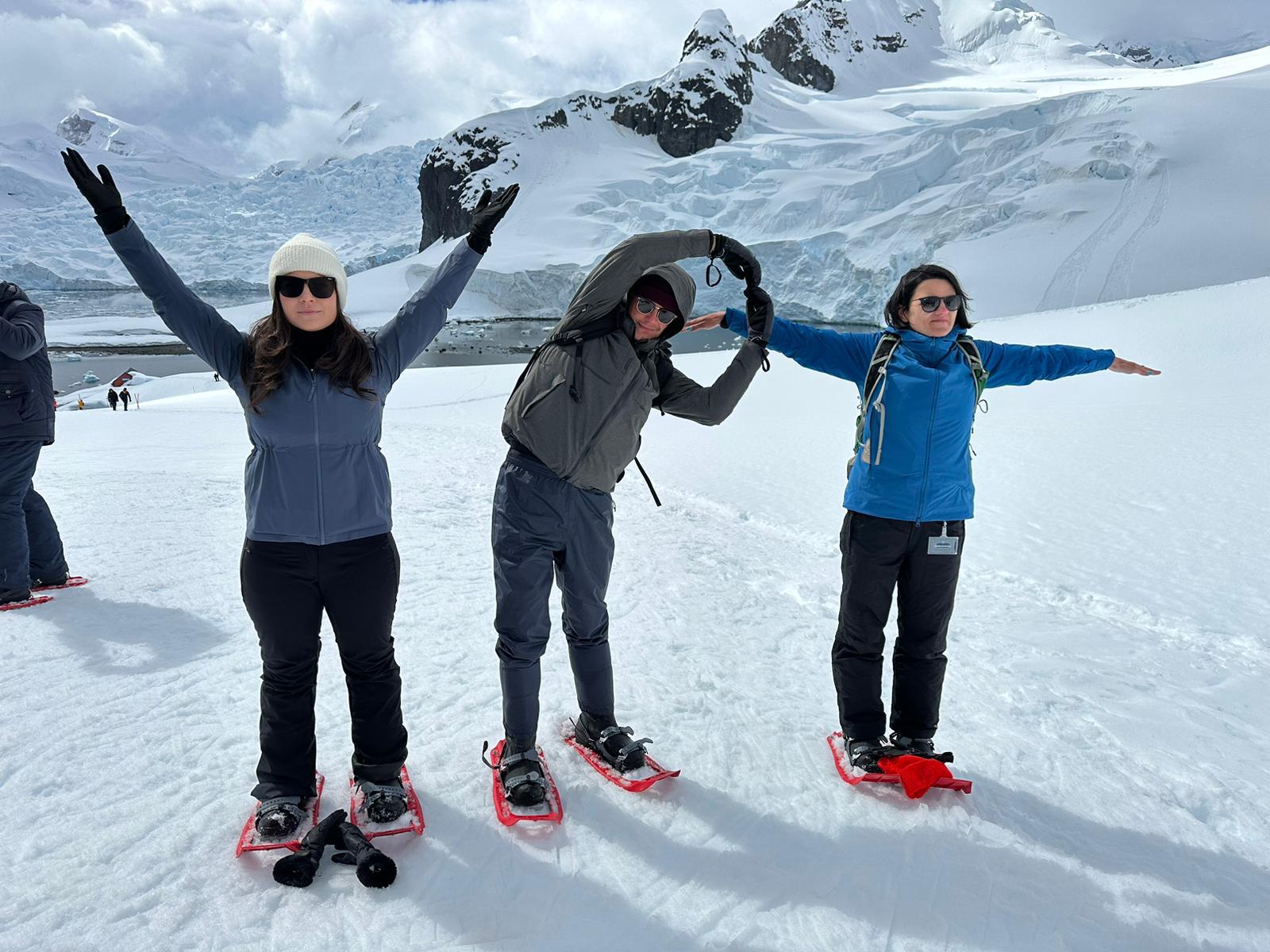
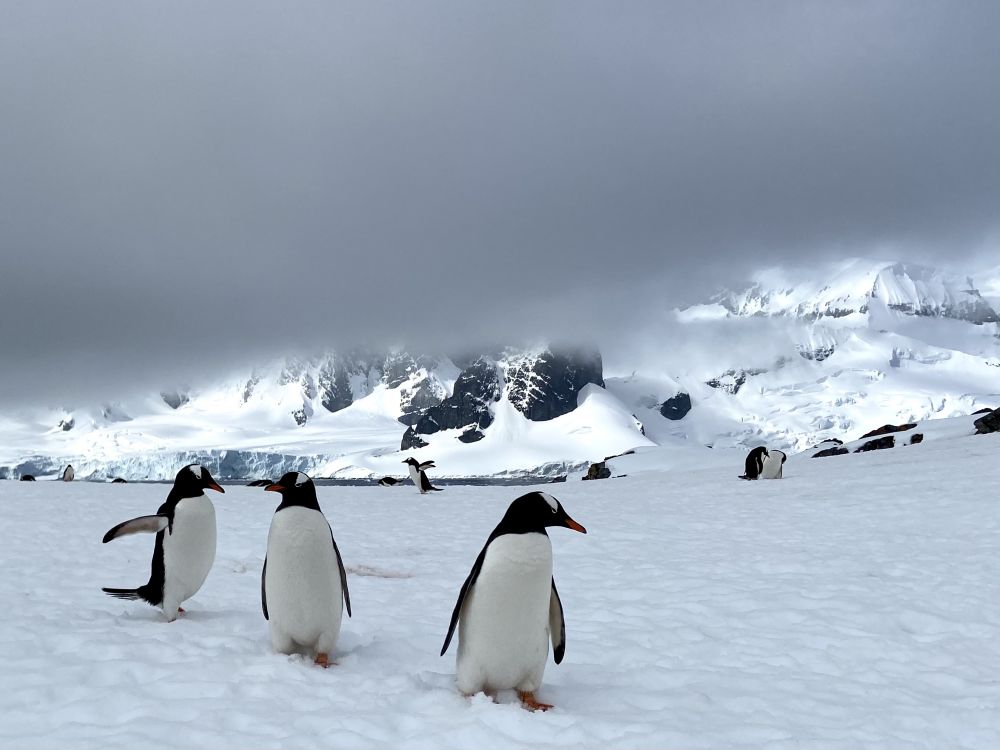
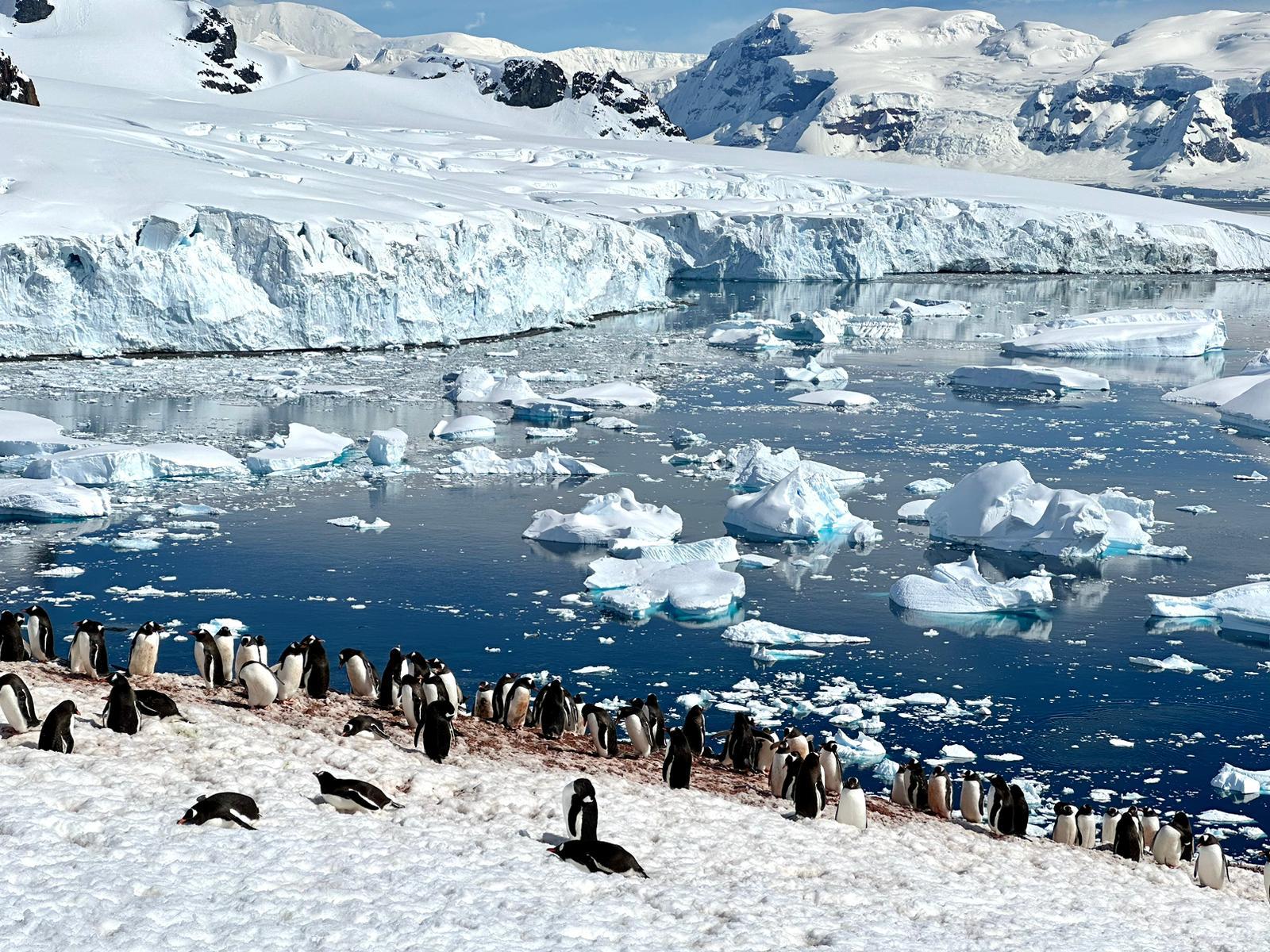
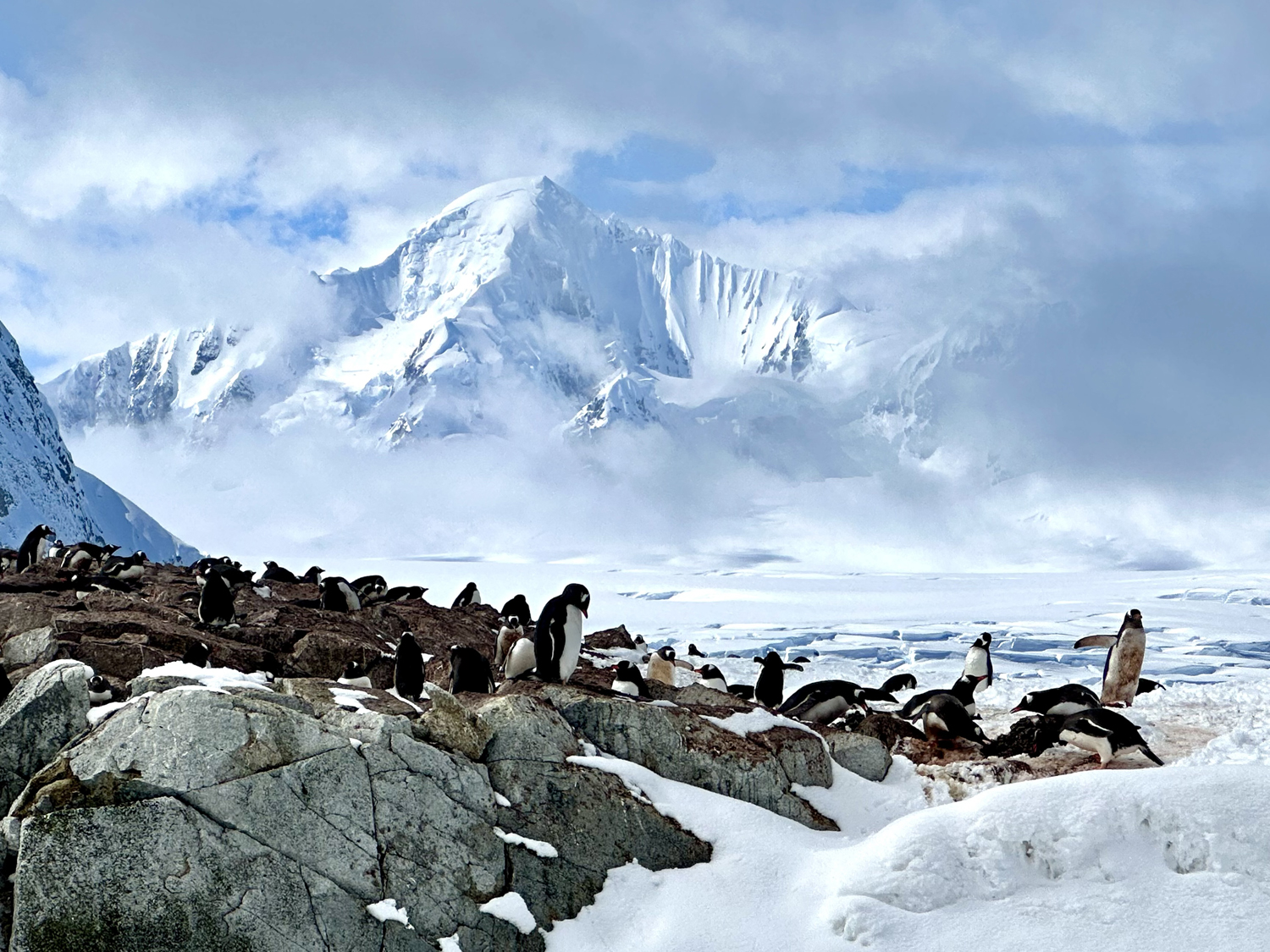
Geopolitical Consequences of Antarctica’s Divisions
The different definitions of Antarctica have led to geopolitical disputes, particularly regarding sovereignty and resource rights. Islands like South Georgia, the South Sandwich Islands, the Falkland Islands, and the South Orkney Islands lie within or near the Antarctic Convergence, making them key locations in the debate over what is considered part of Antarctica.
- South Georgia and the South Sandwich Islands: Though located north of 60°S and outside the Antarctic Treaty zone, these islands are claimed by the UK and were also claimed by Argentina, leading to disputes that played a role in the 1982 Falklands War. They are considered subantarctic but share many ecological similarities with Antarctica due to their proximity to the Antarctic Convergence.
- The South Orkney Islands: These islands fall within the 60°S boundary and are thus subject to the Antarctic Treaty. Despite Argentina and the UK having longstanding claims, the treaty effectively freezes sovereignty disputes, allowing them to be used primarily for scientific research.
- The South Shetland Islands: Located just north of the Antarctic Peninsula but south of 60°S, these islands are also covered by the Antarctic Treaty, meaning no country can enforce sovereignty or exploit resources, despite claims from Chile, Argentina, and the UK.
- The Falkland Islands: Though located much farther north, the Falklands are often mentioned in Antarctic geopolitics due to their role as a strategic gateway for Antarctic expeditions. The islands, controlled by the UK but claimed by Argentina, were the focal point of the 1982 Falklands War. Today, they serve as a crucial logistical hub for scientific missions, fisheries, and tourism in the Southern Ocean and Antarctica.
Because the Antarctic Treaty does not apply to areas north of 60°S, disputes over resource exploitation and sovereignty continue in subantarctic regions. Fishing rights, in particular, are a contentious issue, as nations seek access to the rich waters around these islands while conservation efforts aim to protect fragile ecosystems. These ongoing disputes highlight the complexity of Antarctica borders, where geography, politics, and biology intersect.
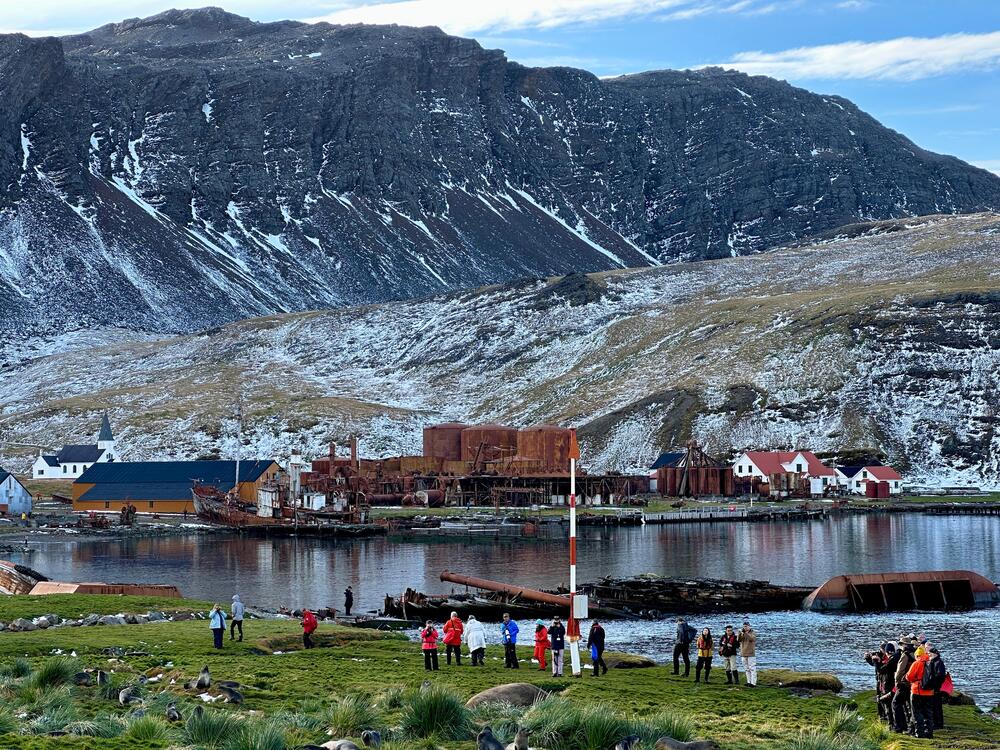
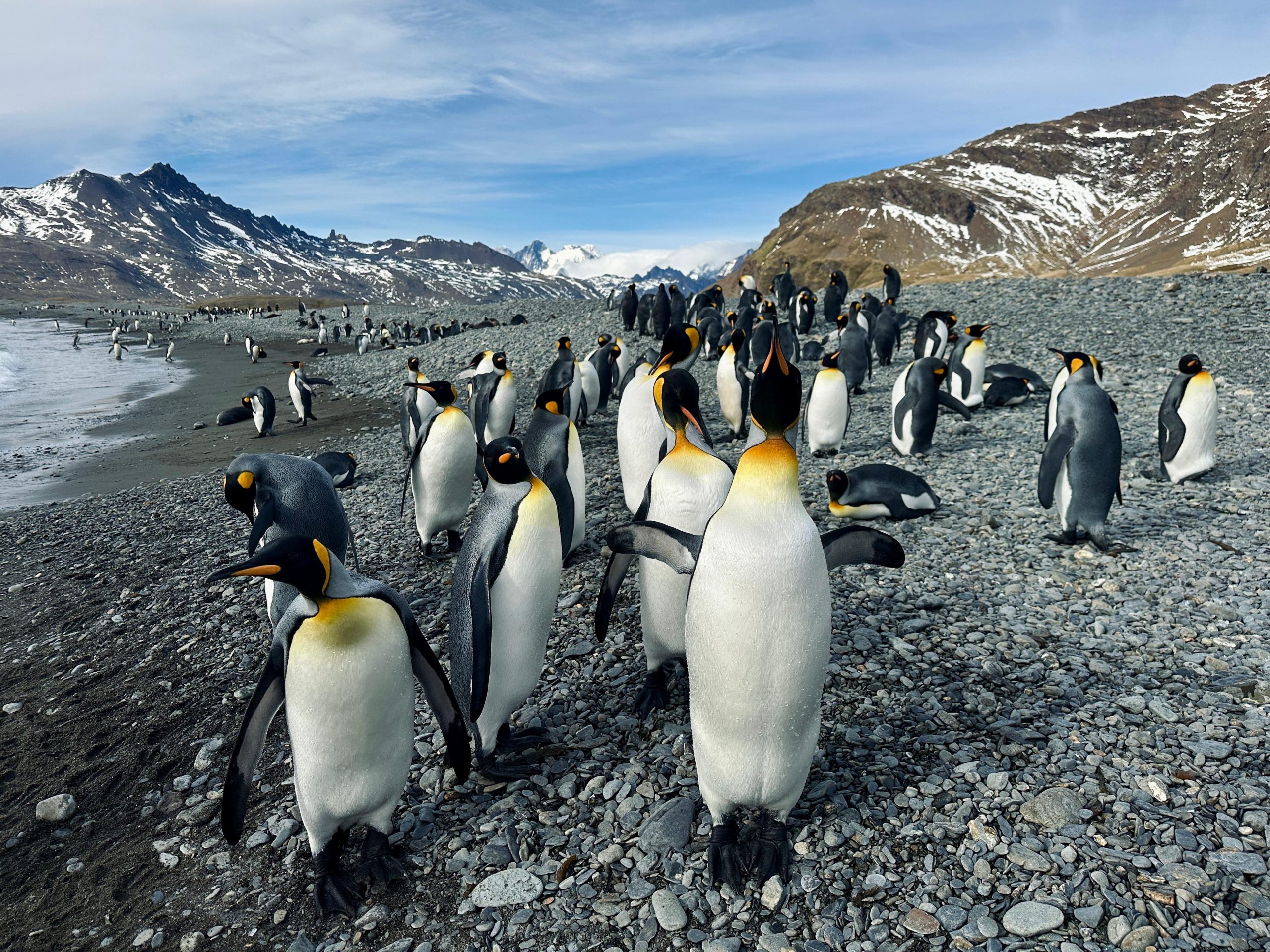
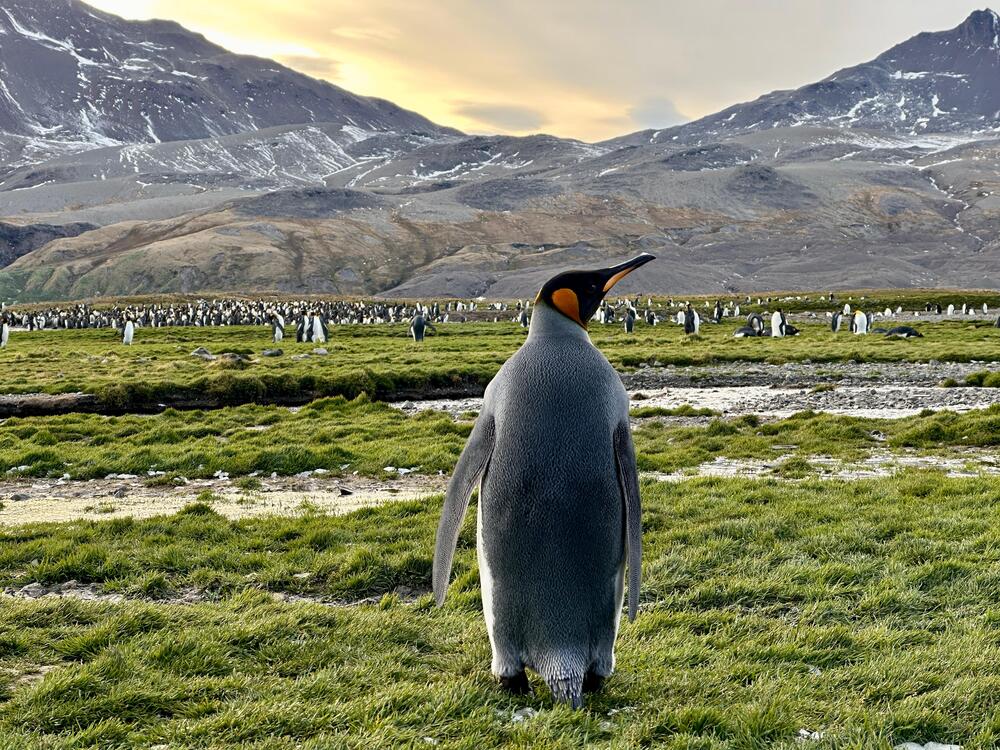
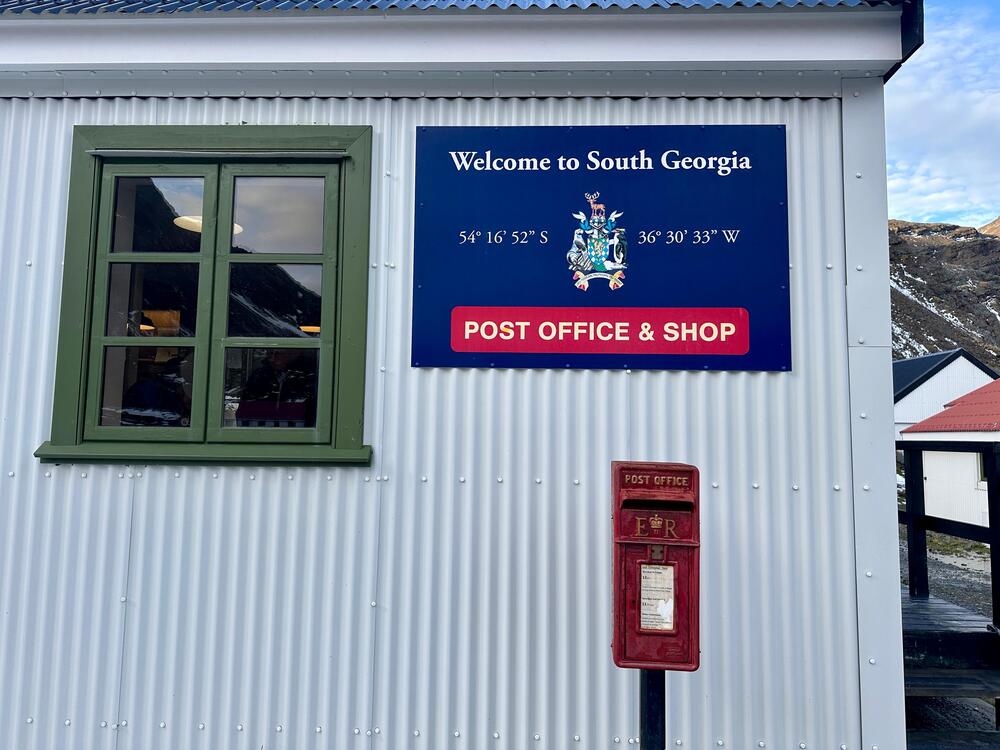
Tourism in Antarctica: Exploring the Last Great Frontier
In recent decades, Antarctica has become an increasingly popular destination for adventurous travelers. Tourism, including the different cruises we offer, is strictly regulated by the International Association of Antarctica Tour Operators (IAATO) to minimize environmental impact and ensure visitors experience the continent responsibly.
Most tourists visit Antarctica by expedition cruise, departing from Ushuaia, Argentina, or other South American ports. Our program includes landings on the Antarctic Peninsula, as well as on South Georgia, the Falklands Island, and even below the polar circle! So no matter what the Antarctica borders are, we go beyond!
Strict guidelines prohibit leaving waste, disturbing wildlife, or bringing non-native species to the continent. While access to Antarctica is increasing, sustainable tourism efforts are crucial to preserving this unique environment for future generations.
Antarctica is more than just a continent—it is a unique environment defined by multiple boundaries. Whether measured by latitude, politics, or biology, it remains one of Earth’s most extreme and fascinating regions. Here at Young Pioneer Tours, we specialize in taking adventurous travelers beyond the ordinary, and there’s no place more extraordinary than the frozen frontier of Antarctica.
Interested in experiencing this pristine wilderness for yourself? Join us on our next expedition to the White Continent and discover the true meaning of adventure!
